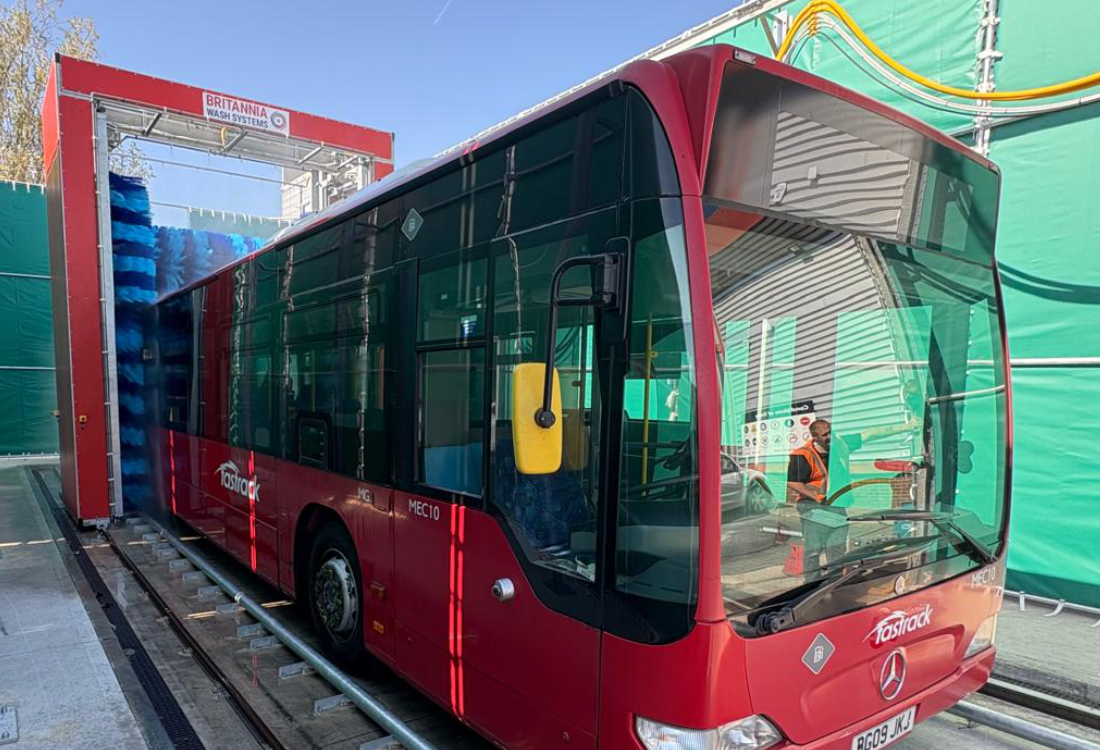
Why Does The Type Of Brush Matter In A Commercial Vehicle Wash System?
The material of the fibres, their length, and their flexibility are all crucial to effectiveness. This is because the first step towards water recycling and sustainability is to reduce the amount of water that is left on the vehicle after washing. The more water that is left, the less can be recycled. At Britannia, we achieve this by using polyethene fibres. Strong, durable, and fully recyclable, they capture excess water whilst minimising spray, enabling it to be safely collected and reused.
Newer Is Better
It is only in recent years that the pressing need for water recycling has risen to global awareness. The United Nations Global Water Initiative was launched in 2017. Equipment designed before this time did not have issues such as commercial vehicle wastewater recycling at the heart of their innovation. This has now changed, with the latest systems tackling the issue from multiple angles. These include increasing the processing speed, automation, the quality of the brushes, and the water collection and recycling systems. As such, if you are running an older system, you may be losing out on both efficiency and sustainability opportunities.
What Is Recycled Water Used For?
Most recycled water is classified as ‘grey’ water. Grey water is processed through various filter levels and processes to remove dirt, debris and chemical contaminants, resulting in high-quality water. In commercial vehicle applications, grey water can be collected, filtered, and used to clean the next fleet of vehicles. A nice bonus is that recycling water in this way is also an immediate money-saving strategy by reducing water consumption, and a long-term money-saving strategy by protecting the metal in your vehicles.
What Next?
Water recycling should be at the heart of all transport logistics strategic planning. Get in touch with Britannia today to find out more about our energy-efficient vehicle wash systems for commercial fleets.
.webp?width=249&height=77&name=Britannia-logo%20(1).webp)

